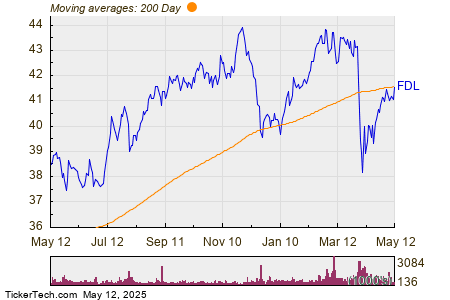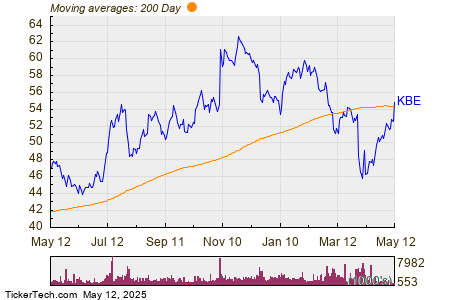Chase Coleman III: A Closer Look at His Investment Strategy
At age 49, Chase Coleman III is among the wealthiest individuals globally, with a net worth of $6 billion, ranking him at No. 581 on Forbes‘ 2025 list of billionaires. However, his financial management extends beyond this figure. Coleman leads Tiger Global Management, which oversees $46 billion in assets, with approximately $24.5 billion within its hedge fund sector. Notably, 68% of the fund’s portfolio is concentrated in just 10 stocks.
Coleman’s Investment Holdings
As of the end of 2024, Coleman’s hedge fund held 49 stocks, with the following being his top 10 holdings:
Data source: Tiger Global Management 13F filing.
Among these, nearly half belong to the so-called “Magnificent Seven.” Leading the list are Meta Platforms and Microsoft, followed closely by Alphabet, Amazon, and Nvidia within the top six.
All of Coleman’s top 10 holdings consist of large-cap stocks. The smallest is Take-Two Interactive, valued at just under $40 billion.
Promising Long-Term Investments
Investors may find several compelling options among Coleman’s top 10. First on the list is Meta Platforms, where 3.43 billion people used its services—Facebook, Instagram, Messenger, and WhatsApp—daily in Q1 2025. This vast audience remains highly appealing to advertisers.
Meta also has promising growth potential in the smart glasses sector. CEO Mark Zuckerberg noted in a Q1 earnings call: “Glasses are the ideal form factor for both AI and the metaverse.” He predicted that these could evolve into AI glasses over the next five to ten years, given the significant number of current glasses wearers worldwide.
It’s essential not to overlook Alphabet and Nvidia, despite recent challenges. Alphabet faced two federal antitrust rulings in the past year, and AI search engines pose a threat to its traditional business. Nvidia has encountered sales limitations due to trade restrictions with China. Nevertheless, both companies may perform better in the long run than many investors anticipate.
Eli Lilly also deserves consideration. Although the pharmaceutical giant has missed earnings estimates in two of the last three quarters and faces uncertainty from potential tariffs, it commands over 50% of the GLP-1 market. The company continues to see impressive sales from its diabetes treatment, Mounjaro, and its anti-obesity drug, Zepbound. Additionally, regulatory approvals for the daily weight-loss pill orforglipron are expected later in 2025. Lilly also boasts a strong breast cancer drug, Verzenio, and a promising oncology pipeline.
Top Picks for Investors
While Coleman’s top holdings are strong contenders, I believe Amazon stands out as the best investment opportunity. Historical trends show that every major sell-off in Amazon’s history has presented excellent buying chances for long-term investors. The current pullback appears to be no exception.
Despite potential impacts from the White House’s tariffs, Amazon’s core investment case remains robust. The company boasts extensive growth potential in e-commerce and is well-positioned to benefit from trends in AI, especially within its Amazon Web Services division. Further expansions into healthcare, satellite internet, and autonomous ride-hailing services are expected to yield substantial returns.
Coleman’s hedge fund held around $1.4 billion worth of Amazon stocks at the end of 2024, positioning him for increased wealth in the coming years. This investment could also enhance returns for non-billionaire investors.
The financial perspective on these investments underscores the importance of maintaining a diversified portfolio in today’s market. Each of these companies presents unique opportunities for patient investors.
The views expressed herein are solely those of the author and do not necessarily reflect those of Nasdaq, Inc.






